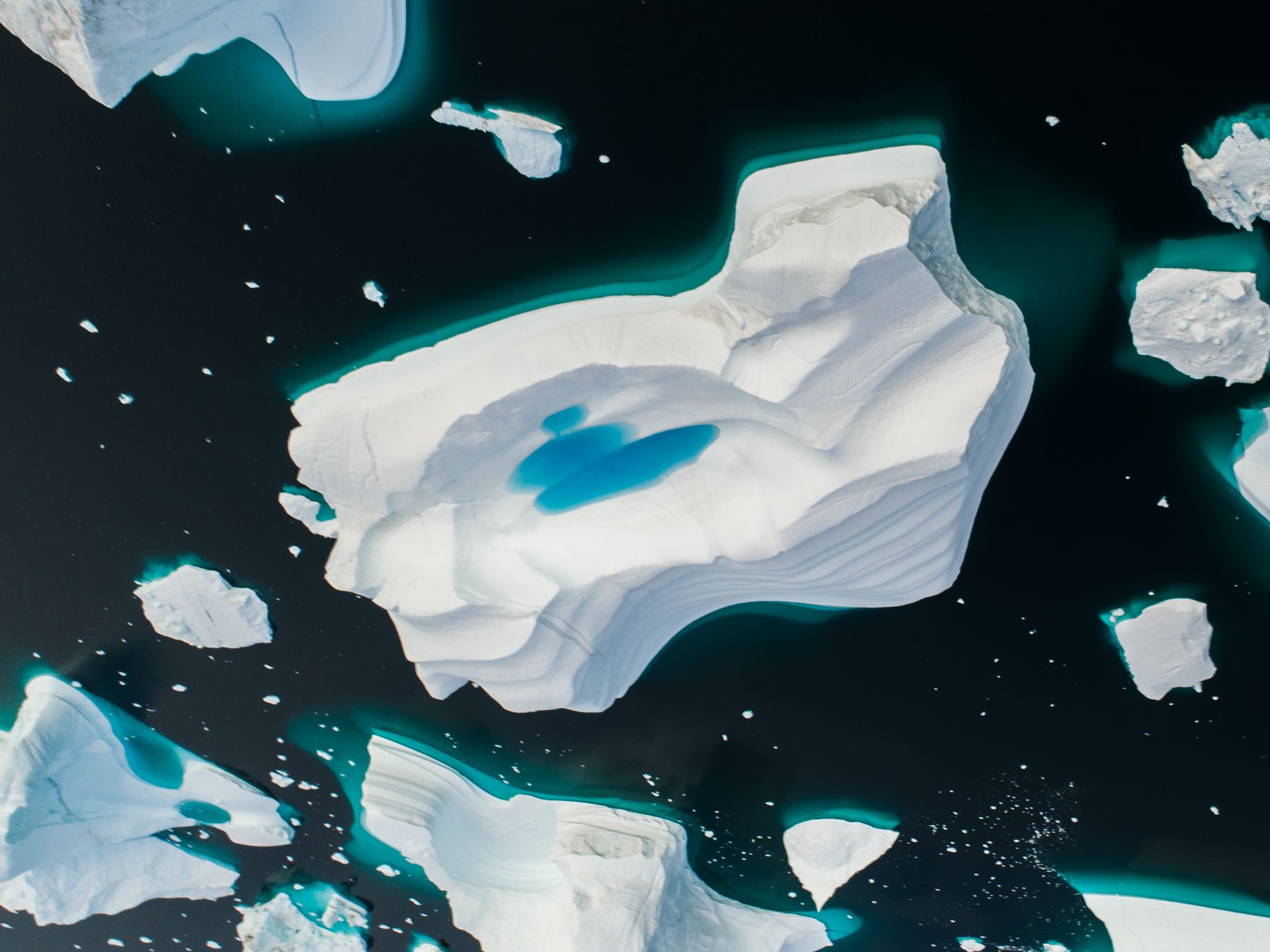
Five Famous Explorers of the Arctic and Antarctic
If you knew nothing about famous explorers and their famous exploration, where would you and where could you get started on your journey to learn more about famous explorers and their faooud explorations? The answer is clear: here! Our blog provides a more then general overvie of four key famous explorers and more than general details about some of their key famous exploration.

Arctic vs Antarctic
Discussing theArctic vs Antarctic means that we hav to find the essential different between two worlds that are, quite literally, poles apart. Arctic vs Antarctic is about differences in wildlife, temperature, terrain and also a huge number of human factors. Discover what separates arctic vs antarctic here in our new blog.
